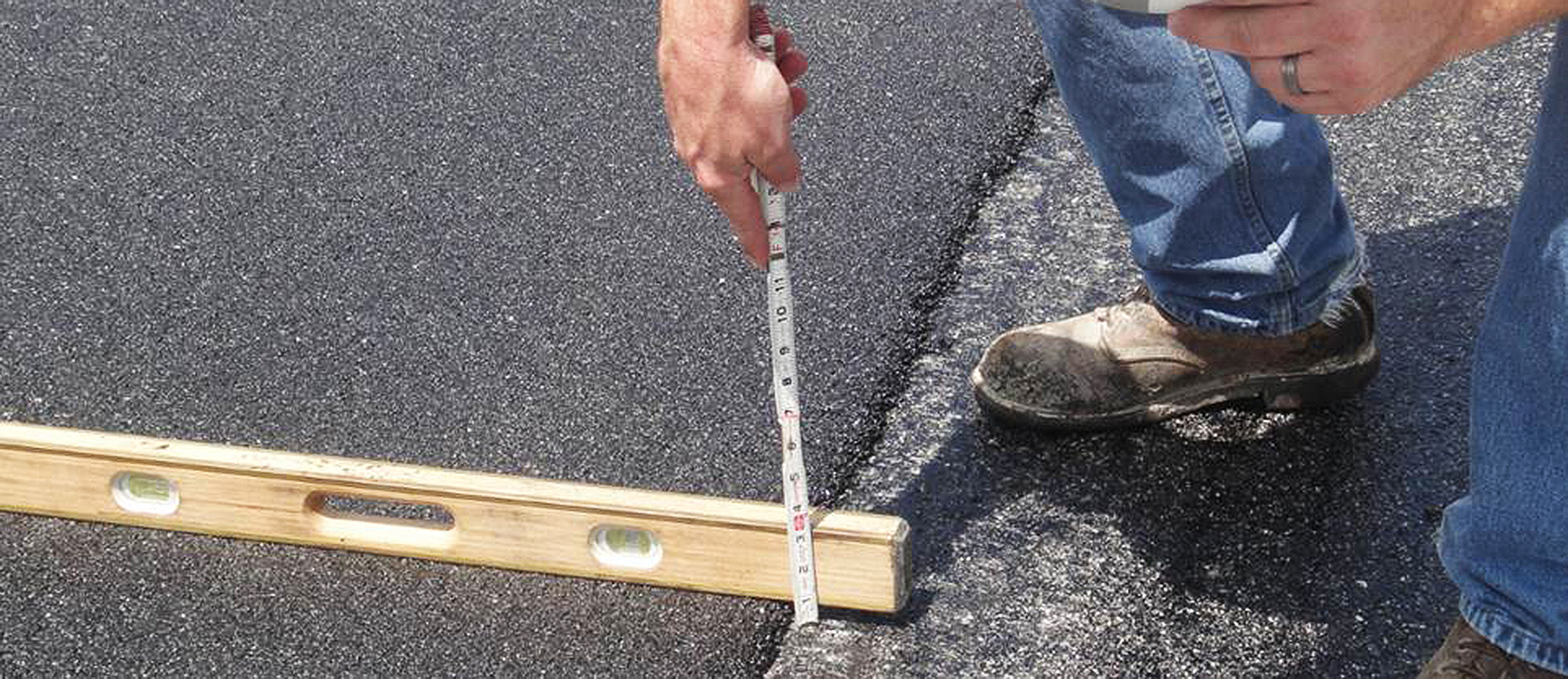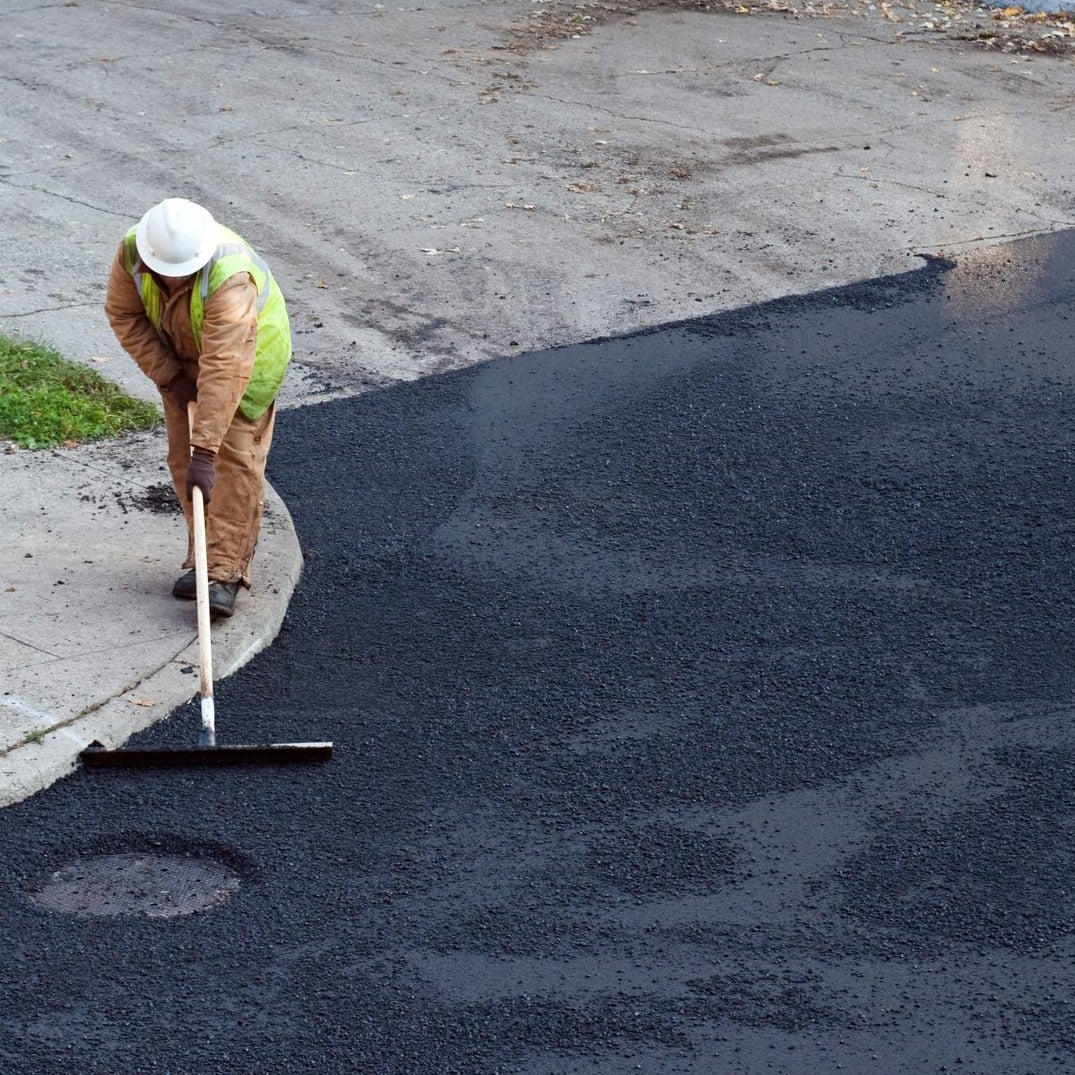Unlocking the Secrets of Warm Mix Asphalt Innovation
Checking out the midsts of warm mix asphalt innovation discovers a world where precise processes and accurate formulations converge to shape our roadways and framework. The blend of fillers, binders, and accumulations isn't simply a building task but a tactical orchestration of sturdiness and effectiveness. As we peer into the intricate dancing of elements, a tapestry of durability and sustainability unfolds. What lies beneath this surface area of asphaltic proficiency, and what secrets wait to be introduced in the world of paving innovations?
Significance of Hot Mix Asphalt
Hot Mix Asphalt plays a vital duty in modern-day framework development due to its resilience and cost-effectiveness. As the most typically utilized leading product for roadways, freeways, and car park lots, Hot Mix Asphalt offers a variety of benefits that add to its value in building and construction tasks.
The longevity of Warm Mix Asphalt originates from its composition, that includes aggregates, binder, and filler materials that are very carefully chosen and mixed to meet specific efficiency needs. This exact mix leads to a adaptable and solid pavement that can endure frequent usage without considerable damage. Additionally, Warm Mix Asphalt is 100% recyclable, more enhancing its sustainability and ecological advantages. Generally, the relevance of Hot Mix Asphalt in framework growth can not be underrated, as it continues to be a keystone of modern-day building practices.
Elements of Asphalt Mixes
The structure of asphalt blends is composed of carefully selected aggregates, binder, and filler materials that are vital for attaining specific performance requirements. Aggregates are the main element of asphalt blends, supplying toughness and security. The binder, typically bitumen or asphalt cement, holds the aggregates together and provides flexibility and resilience to the mix.
The combination and proportion of these elements play a considerable function in figuring out the high quality and performance of the asphalt mix. Engineers thoroughly create the mix to fulfill details needs, taking into consideration variables like website traffic quantity, climate conditions, and pavement life-span. Correct option and harmonizing of aggregates, binder, and fillers are important for creating durable, long-lasting asphalt sidewalks.
Combining and Production Strategies
When the aggregates are chosen, the binder, typically asphalt concrete, is included in bind the materials together. The binder's high quality and quantity considerably affect the mix's flexibility, resistance, and toughness to environmental factors. Additionally, fillers like moisturized lime or Rose city cement may be included to boost certain attributes of the asphalt mix, such as its workability or moisture resistance.
During manufacturing, the accumulations and binder are heated, typically in between 250-325 ° F(121-163 ° C ), to assist in mixing and ensure correct finish of the aggregates. The mixing procedure should be comprehensive to achieve an uniform mix that promotes the wanted performance features of the asphalt. Different techniques, such as set mixing or drum mixing, are used to achieve regular and top Learn More notch asphalt blends for construction tasks.
Elements Influencing Asphalt Performance
Variables influencing asphalt performance include an array of variables that impact the sturdiness, long life, and total quality of asphalt pavements. One crucial variable is the quality of materials utilized in the asphalt mix.

Environmental problems additionally influence asphalt efficiency. Temperature variations, dampness infiltration, and web traffic loads can all influence the structural honesty of the sidewalk. Design factors to consider, such as sidewalk thickness and drain, are essential in making sure the lasting performance of the asphalt pavement. By very carefully considering these engineers, factors and specialists can maximize asphalt performance and enhance the service life of pavements.
Sustainable Practices in Asphalt Technology

WMA permits for the production and placement of asphalt blends at lower temperatures contrasted to traditional hot-mix asphalt, resulting in minimized power consumption and greenhouse gas discharges. The usage of porous asphalt mixes can aid mitigate stormwater overflow problems by permitting water to infiltrate with the sidewalk and into the ground, advertising all-natural water filtration and charge procedures.
Verdict
In conclusion, hot mix asphalt technology plays an important function in contemporary framework growth as a result of its durability and cost-effectiveness. By carefully balancing components, employing proper blending strategies, and taking into consideration numerous variables, designers can develop top notch asphalt blends that withstand rush hour tons and harsh climate condition. Welcoming lasting techniques, such as utilizing warm-mix technologies and recycled products, better improves the environmental friendliness of asphalt modern technology.
Blending and production strategies in warm mix asphalt technology involve the specific combination and processing of accumulations, binder, and fillers to produce a durable and high-performance asphalt mix.Variables influencing asphalt efficiency include a range of variables that influence the toughness, durability, and total high quality of asphalt pavements. Lasting practices in asphalt modern technology include various efforts aimed at minimizing the environmental influence of asphalt production and paving procedures. By incorporating redeemed asphalt pavement (RAP) and recycled asphalt tiles (RAS) into brand-new asphalt mixes, the market can why not find out more significantly minimize the additional hints consumption of raw products and power, while likewise lowering landfill waste.
WMA permits for the production and placement of asphalt blends at lower temperatures contrasted to conventional hot-mix asphalt, resulting in minimized energy usage and greenhouse gas exhausts.